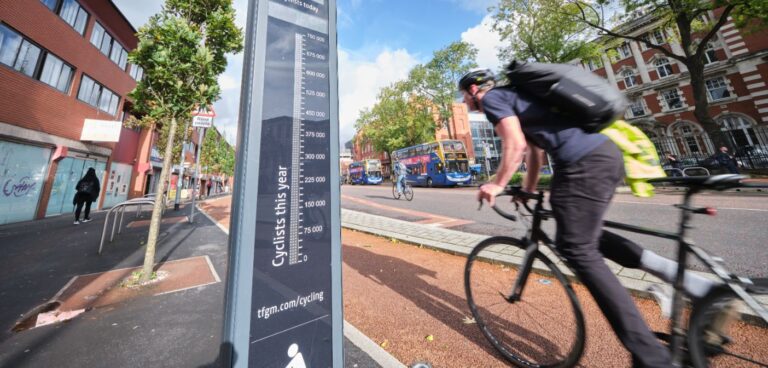Sport England, part of the Department for Digital, Culture, Media and Sport (DCMS), has published the results of its most recent survey on activity levels for adults in England, which reveal that active travel dropped significantly during the pandemic but has risen during the past year.
The latest Active Lives Adult Survey report is the first set of findings released by the body that covers a period without any pandemic-related restrictions.
Overall, the report found that 63.1% of adults are currently active, 11.1% are fairly active and 25.8% are classed as inactive.
The release shows that the number of people walking for leisure has fallen back since the pandemic, but remains well above its pre-Covid-19 figure.
Though fitness activities and active travel saw a large decline during Covid-19, they have significantly risen during the past 12 months, though both remain below their pre-pandemic levels.
Both have seen fewer people taking part – with active travel down by more than 800,000 people (compared to November 2015-16) but up by 2.5 million to 15.1 million since November 2019-20.
What’s more, the report shows that the most deprived areas have fared far worse, with activity levels remaining below both pre-pandemic (down 3.1%) and November 2015-16 levels (down 2.6%).
Sport England has said that, by expanding its place-based working by collaborating with more local authorities based on their priorities, it hopes to help them use sport and physical activity to deliver regional and national outcomes.
“It’s great to see physical activity among adults return to pre-pandemic levels which were at an all time high,” said Lucy Frazer, MP and secretary of state for culture, media and sport.
“But we know that stubborn inactivity levels predate the Covid-19 pandemic and there is always more that can be done to encourage people to get active or find a sport they love.
“Our new sports strategy will look to address issues faced by grassroots sports and get more people involved. This is in addition to our investment in grassroots facilities – from football pitches to tennis courts – giving people nationwide more opportunities to get active.”
Walking for leisure saw steady grwoth before the pandemic and saw accelerated growth during lockdown periods, with walking often becoming one of the few available activities.
Cycling for leisure and sport and running all saw decline pre-pandemic and an increase during it.
However, since the pandemic there have also been differing outcomes for each, with cycling for leisure and sport remaining up on pre-pandemic (by slightly more than 300,000) but running declining further.





